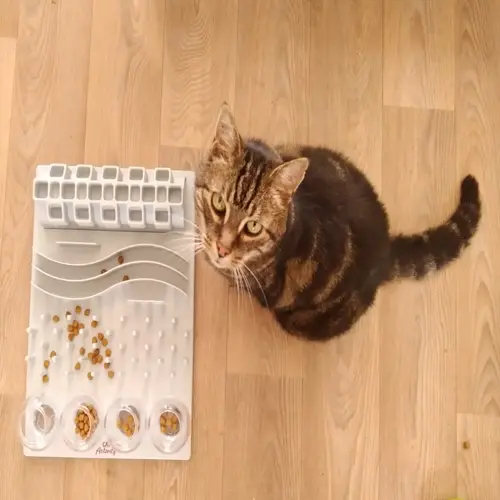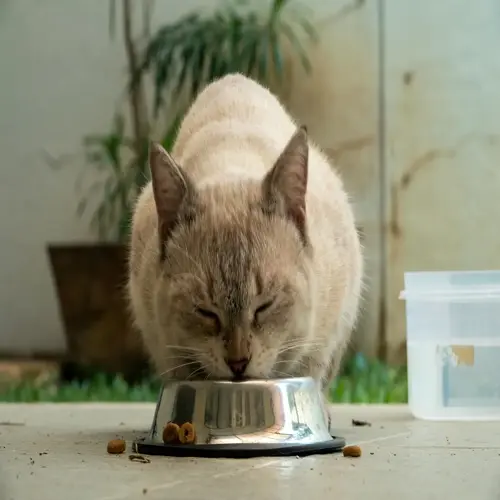Can cat hiding indicate emotional distress?

Written by
Robert Brown
Reviewed by
Prof. David Walsh, Ph.D.Your cat is always hiding; there are no readily discernible threats to the cat. This is an instance of chronic hiding indicating psychological distress from anxiety or trauma. Just as people cover up in times of great emotional stress, the cat exhibits psychological pain through hiding. I have seen many cases of cats with hidden emotional wounds, whose manifestations are seen in the covering up exhibited.
Behavioral Red Flags
- Excessive grooming creating bald patches
- Unusual vocalization like nighttime yowling
- Aggression when approached during hiding
Psychological Triggers
- Poor socialization before 12 weeks old
- Past abuse creating persistent hypervigilance
- Chronic stress from unstable environments
Coping Mechanisms
- Ritualistic patterns like circling before hiding
- Attachment to specific hidden locations
- Delayed emergence after noises subside
Carefully assess the origins of trauma, noting triggers such as vacuum sounds or specific voices. Body language during hiding behaviors will convey information. If a child is hiding and exhibits trembling, he is panicked. If he is still, he may be expressing depression. These logical clues will lead to focused therapies that address the root causes of the problems rather than their symptoms.
Gradually implement desensitization. Start with a lower toxin-induced trigger followed by a higher-value reward during calm behavior. Begin at a low intensity and gradually increase over the course of weeks. This is a way to support building positive associations with the drug or item without overwhelming your cat.
Consult feline behavior specialists for customized plans. They develop trust-building exercises. Recommend appropriate medication if needed. Provide ongoing progress assessments. Professional support transforms emotional health long-term.
Read the full article: Cat Hiding Behavior Explained: Causes and Solutions

